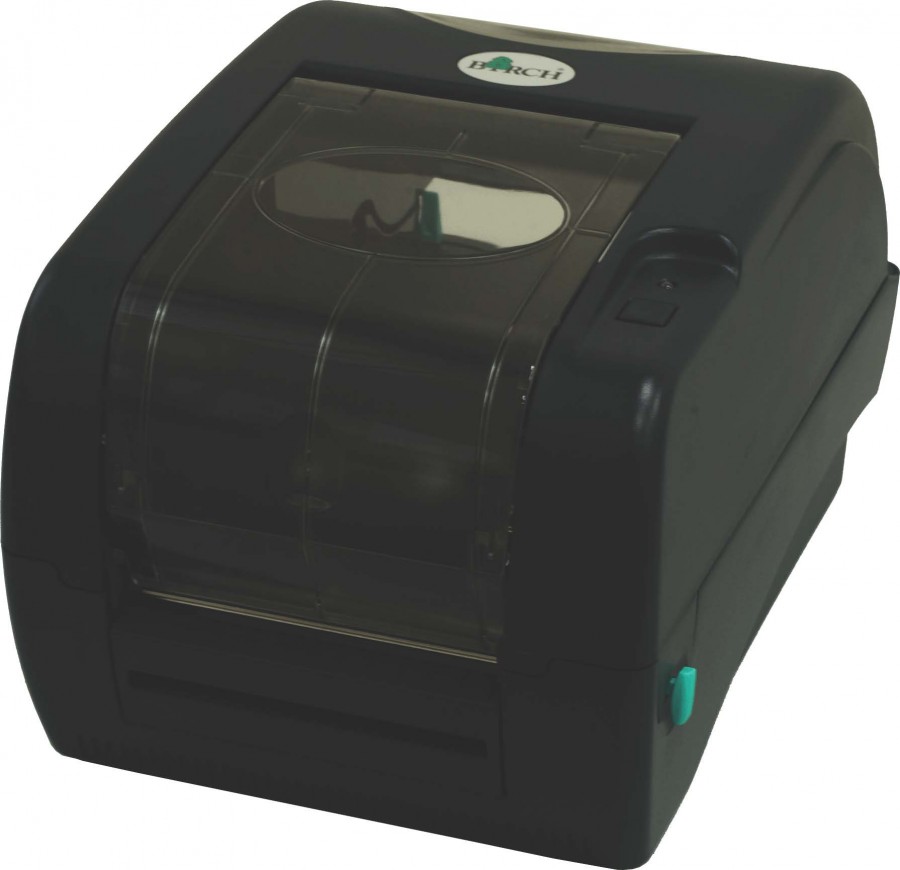

- Smart label printer 220 driver install#
- Smart label printer 220 driver 64 Bit#
- Smart label printer 220 driver serial#
- Smart label printer 220 driver drivers#
- Smart label printer 220 driver update#
Q: Plug and Play isn't finding my printer. This will show you the version of the driver. Double-Click "Properties" In the window that is opened, scroll to "slp.dll" and click "Properties" In that window, click the version tab. Find the entry for the SLP printer and select it. Q: How can I tell the version of an installed driver? A: Open Printers and Faxes (or printers on 2K).
Smart label printer 220 driver update#
Cancel out of the wizard since you don't actually want to update anything. Select the "Advanced" tab and click "New Driver" In the wizard, click "Next" On the ensuing page, scroll in the "manufacturer" box to the "SII" entry At that point, the list of printers on the left will have green checkmarks (in XP), and there should also be some text below the boxes indicating the driver is signed.

Right click and select Properties on the SLP printer. Q: How can I tell if a driver is indeed signed? A: Open Printers and Faxes (or printers on 2K). The message is just to indicate that the driver is not currently certified by Microsoft.
Smart label printer 220 driver drivers#
Is this okay to continue installation? A: Our Drivers are digitally signed by Microsoft and is available on the website and yes, continuing the installation will not have any impact on the operation of your SLP printer. Q: I receive a warning stating that the Driver is not digitally signed. Q: Does your software and drivers support the Intel Core Processor? A: Yes, our software and drivers were engineered and tested for Universal compatibility, meaning our software runs natively on Intel and PowerPC-based Macintosh computers. Please visit us at for all the recent software downloads available. Do you have it? A: We have Drivers for the 300dpi printer available for Windows 3.1, 95, 98, and ME. Q: I am still using Windows ME and need drivers for my SLP440.
Smart label printer 220 driver serial#
Minimum 64 MB RAM, 128MB recommended with 16 MB hard drive space available RS323C serial port or USB port needed Q: Where can I download software/drivers for my SLP? A: Visit us at for all the recent software downloads available. Q: What are my system requirements for Windows? A: This product will work with an IBM or compatible using 233 MHz or higher Pentium compatible CPU.
Smart label printer 220 driver 64 Bit#
Unlocks new features and configuration options in your devices, especially with video cards and gaming devices.Driver Q: Do you support Windows XP 64 and Windows Vista? A: Our 6.6 and higher software is now compatible with Windows Vista 32 and 64 bit and also Windows XP 64 operating systems. If your desktop or laptop is running slow, or keeps crashing or hanging, there is a good chance that updating your drivers will fix the problem.Įnsures your hardware runs at peak performance.įixes bugs so your system will have fewer crashes. Many computer problems are caused by missing or outdated device drivers, especially in Windows 11. Next, update individual drivers or all of the necessary drivers with one click. When the scan is complete, the driver update utility will display a results page showing which drivers are missing or out-of-date: Once you download and run the utility, it will scan for out-of-date or missing drivers: It will Update all of your drivers in just a few clicks, and even backup your drivers before making any changes. The Driver Update Utility automatically finds, downloads and installs the right driver for your hardware and operating system. Automatic updates could save you hours of time. If you are having trouble finding the right driver, stop searching and fix driver problems faster with the Automatic Driver Update Utility.
Smart label printer 220 driver install#
Visit our Driver Support Page for helpful step-by-step videos Install Drivers Automatically In most cases, you will need to reboot your computer in order for the driver update to take effect. Locate the device and model that is having the issue and double-click on it to open the Properties dialog box.Ĭlick the Update Driver button and follow the instructions. In Windows XP, click Start -> Control Panel -> Performance and Maintenance -> System -> Hardware tab -> Device Manager button In Windows Vista, click Start -> Control Panel -> System and Maintenance -> Device Manager In Windows 7, click Start -> Control Panel -> Hardware and Sound -> Device Manager In Windows 8, swipe up from the bottom, or right-click anywhere on the desktop and choose "All Apps" -> swipe or scroll right and choose "Control Panel" (under Windows System section) -> Hardware and Sound -> Device Manager In Windows 11, Windows 10 & Windows 8.1, right-click the Start menu and select Device Manager It allows you to see all of the devices recognized by your system, and the drivers associated with them. To install a driver in Windows, you will need to use a built-in utility called Device Manager. Once you download your new driver, then you need to install it.


 0 kommentar(er)
0 kommentar(er)
